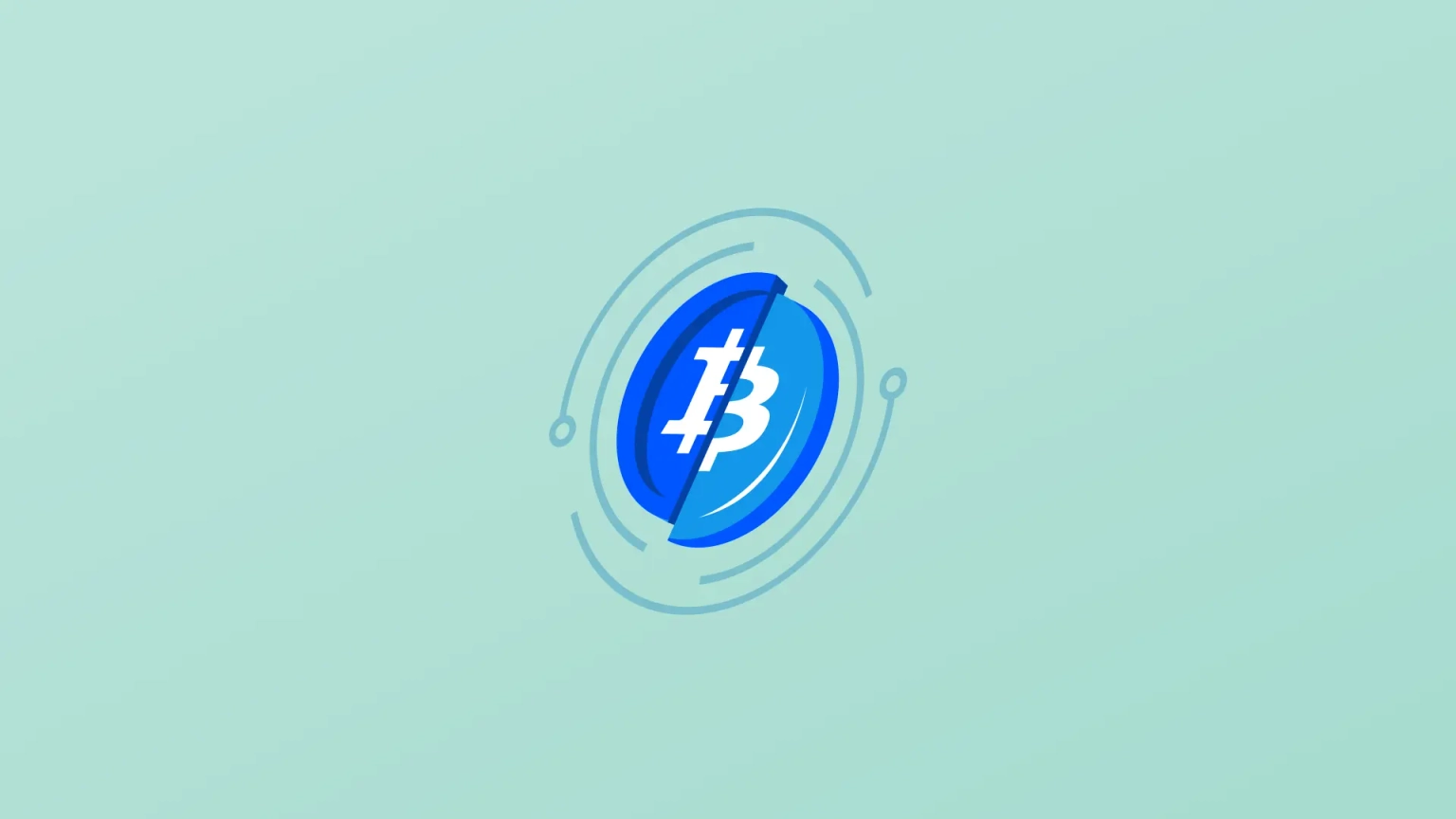
Collaboration between Neptune Mutual and SushiSwap
Explore Neptune Mutual's ongoing collaboration with SushiSwap offering several benefits.
Youtube Video
Playing the video that you've selected below in an iframe

Understand everything about Bitcoin Halving and its impact on the crypto market.
In the cryptocurrency world, various projects have devised unique strategies to ensure the scarcity and controlled supply of their tokens while maintaining their values. Among them, Bitcoin has been carrying out its distinctive approach known as "halving." This process systematically reduces the rewards for mining new blocks by half, approximately every four years.
Bitcoin halving is a crucial event within the crypto community, drawing widespread attention in the broader decentralized ecosystem due to its significant impact on the cryptocurrency's supply dynamics.
This blog delves into the intricacies of Bitcoin halving, exploring its influence on token prices and the whole cryptocurrency market. As we draw closer to the next Bitcoin Halving, what can we expect? Let’s find out!
To understand Bitcoin halving, we first need to grasp the basics of Bitcoin mining and the role it plays in the ecosystem.
Mining is not a new concept to anyone familiar with the crypto world. Bitcoin developed the mining mechanism to secure the network and distribute new tokens.
Bitcoin miners use powerful computers to solve complex mathematical problems in order to validate transactions and store them in the blockchain. Miners are rewarded for their efforts with newly minted Bitcoin. Bitcoin designed the mining process to become increasingly challenging over time so that the time taken to mine a new block remains consistent, approximately every 10 minutes.
Bitcoin halving is a predetermined event in the Bitcoin protocol that reduces the reward for mining new blocks by half. Halving occurs approximately every 210,000 blocks, or roughly every four years, and is a critical mechanism for controlling Bitcoin's supply.
Since its inception, Bitcoin has undergone several halvings, with the first in 2012, followed by others in 2016 and 2020. The reward, which was initially 50 BTC for each block mined, dropped to 25, then to 12.5, and currently it’s 6.25.
The next halving is anticipated in April 2024, when the reward will drop by half to 3.125. The ultimate cap for Bitcoin is set at 21 million tokens, a figure expected to be reached around the year 2140. As we edge closer to the next halving, the dynamics of the network, the behavior of miners, and the valuation of Bitcoin remain subjects of keen interest. There are speculations within the crypto community regarding the cryptocurrency's future value and the sustainability of mining as a profitable endeavor.
Bitcoin halving is not just a technical event; it's a fundamental aspect of Bitcoin's design philosophy, as envisioned by its creator, Satoshi Nakamoto. This process is deeply rooted in the principles of scarcity, controlled supply, and inflation control.
This halving process is significant because it directly influences the rate at which new Bitcoin is created and enters circulation, effectively implementing a form of scarcity.
By reducing the rate at which new coins are generated, halving events slow down the supply side of Bitcoin, which can lead to an increase in Bitcoin's price. This deflationary mechanism is in contrast to the inflationary nature of most fiat currencies, where value diminishes over time as more money is printed.
Moreover, the predictable nature of Bitcoin's supply schedule introduces a level of economic stability and transparency. Investors and participants in the Bitcoin market can anticipate and react to these halving events, which are known well in advance, unlike unpredictable monetary policy changes in the fiat world.
The halving process is integral to Bitcoin's value proposition as a deflationary asset. By ensuring that the supply of Bitcoin increases at a slower and more predictable rate, halving events reinforce Bitcoin's appeal as a store of value. This deflationary aspect is attractive to investors looking for assets that do not depreciate over time due to inflation.
The Bitcoin halving event has had a significant influence on the whole decentralized ecosystem, affecting everything from mining profitability to broader market dynamics.
Halving reduces the rewards for mining Bitcoin, directly impacting miners' rewards. This change can lead to a shift in the mining landscape, with only the most efficient operations remaining viable. It encourages innovation in mining technology and strategies to maintain profitability under reduced rewards.
Historically, each Bitcoin halving event has been the kickstarter of bull markets. The reduced supply of new Bitcoins often leads to price increases, not just for Bitcoin but for other cryptocurrencies as well. This trend has been observed in the months before and after halvings.
Remember that Neptune Mutual doesn’t provide financial advice or suggest anyone to make any financial decision based on our blogs. Users should only use this article for information rather than as a reference for investing. We suggest doing your own research before investing.
Similarly, the anticipation and aftermath of a halving event can trigger a wave of speculative activity, drawing more participants into the Web3 ecosystem. This increased attention often results in a surge in prices across various tokens, contributing to a broader bull market. Consequently, more individuals and institutions are drawn to invest in cryptocurrencies, seeing the potential for profit. This encourages wider adoption of cryptocurrencies, leading to the growth and acceptance of digital currencies.
However, this growing popularity comes with a downside. The influx of capital and heightened activity in the crypto market during a bull run also attract malicious actors looking to exploit vulnerabilities for financial gain. Security threats such as hacking, phishing, rug pulls, smart contract vulnerability exploits, and so on tend to rise.
In this context, DeFi insurance could be a critical tool for protecting investments against increased risks. By offering a safety net against theft, hacks, and other security breaches, DeFi insurance helps secure the ecosystem.
Neptune Mutual is a DeFi insurance protocol that aims to protect users’ funds and digital assets from the threats present in the crypto space. We let users purchase cover for their funds easily through our marketplace and distribute payouts if unforeseen adverse events occur.
We operate on a parametric model, meaning the payouts are based on predefined parameters, eliminating the need for proof of loss. This ensures the payouts reach the victims without any hassle or delay.
We already have a handful of cover products available in our marketplace, available on different networks: Ethereum, Arbitrum, and BNB Smart Chain. Crypto investors can purchase cover policies for their funds from available cover products.
If you have a project and a community around it to protect from the threats in the crypto space, reach out to us through our contact page.
Check out Neptune Mutual and connect with us on X (Twitter) and Discord to better understand our project.